By ITP
In pictures: Zaha Hadid Architects completes design for primary school in China
Zaha Hadid Architects has revealed a new design for the Lushan Primary School in Nanchang – the capital of Jiangxi Province. Planned to accommodate 120 children from 12 local villages, the school is set within an agricultural region surrounded by mountains, as well as the rivers and lakes that are fed by the Zhelin Reservoir.


Planned to accommodate 120 children from 12 local villages, the school is set within an agricultural region surrounded by mountains, as well as the rivers and lakes that are fed by the Zhelin Reservoir.

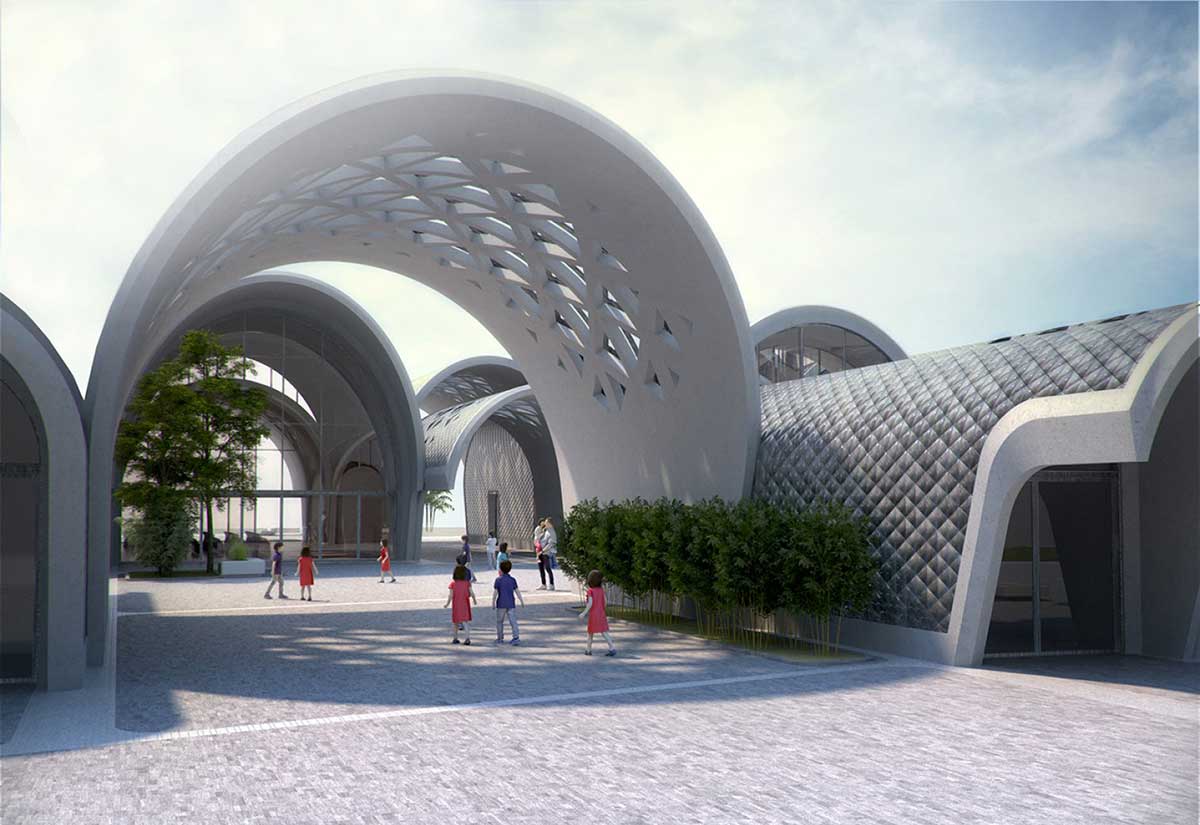
The campus consists of a school, dormitory and utility buildings within vaulted spaces that connect directly with their rural surroundings. The classrooms have flexible learning arrangements and outdoor teaching areas.

Designed as a network of barrel and parabolic vaults that open towards the river, the vaults stretch and intersect to accommodate the school’s varied programme. A long central courtyard further acts as the school’s main circulation space and play area.
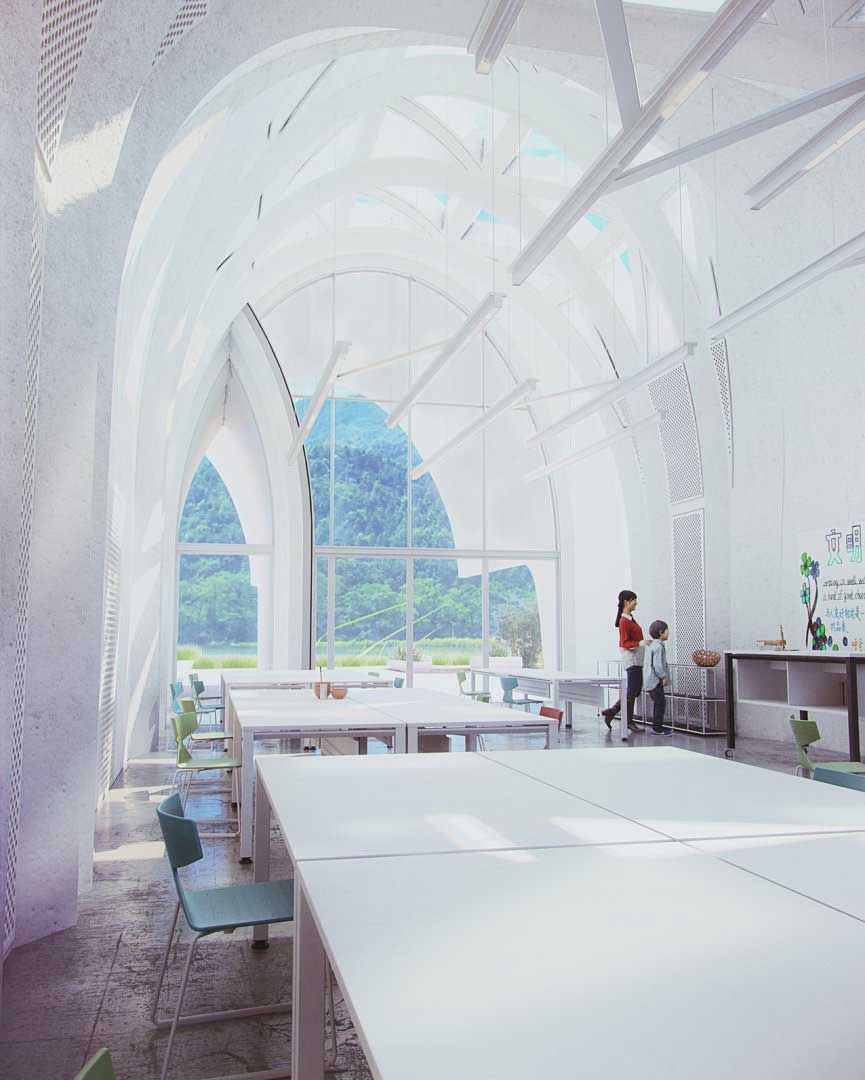
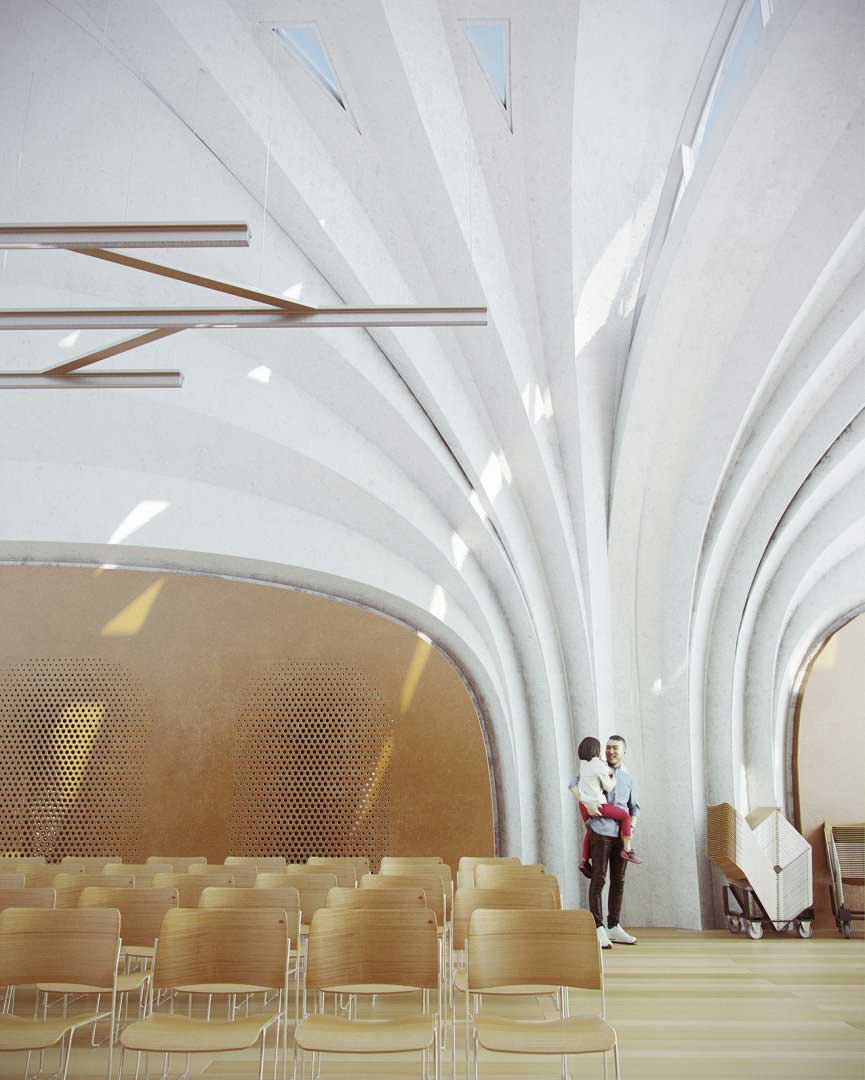
With the school’s curriculum combining Chinese and international academic systems, students will be taught in creative arts with a comprehensive syllabus of STEM subjects, which also included internet-based learning technologies.

Connecting the indoors with the outdoors, all vaulted classrooms are orientated for the best natural light conditions, with views of the surrounding landscape. Cantilevers protect the classrooms from solar gain of Jiangxi’s sub-tropical climate and extend the teaching spaces into the landscape to provide a varied and interactive learning environment.
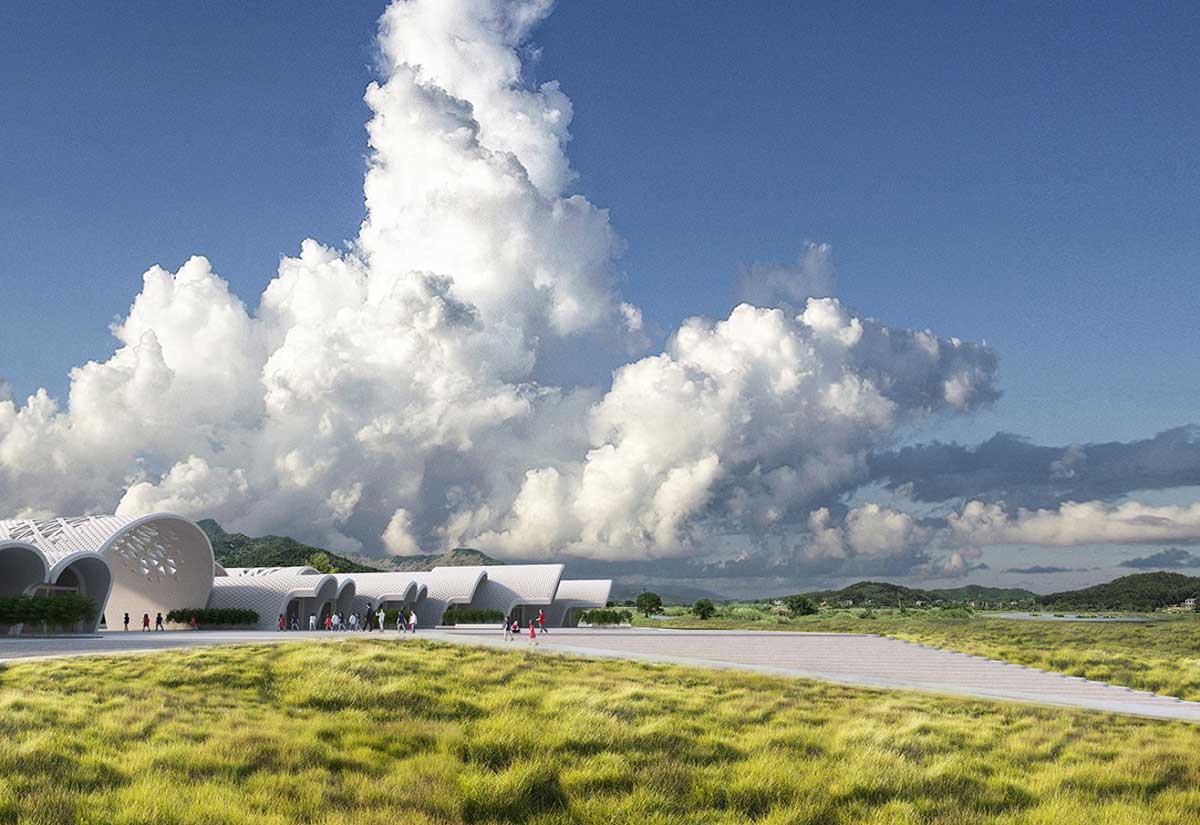
To minimise construction time and also reduce the number of separate building elements required to be transported to the school’s remote location, ZHA proposed to combine the local skills of in-situ concrete construction with new advancements in hot-wire cut foam formwork that can be prepared on site by an industrial robot to create the barrel and parabolic shaped moulds.
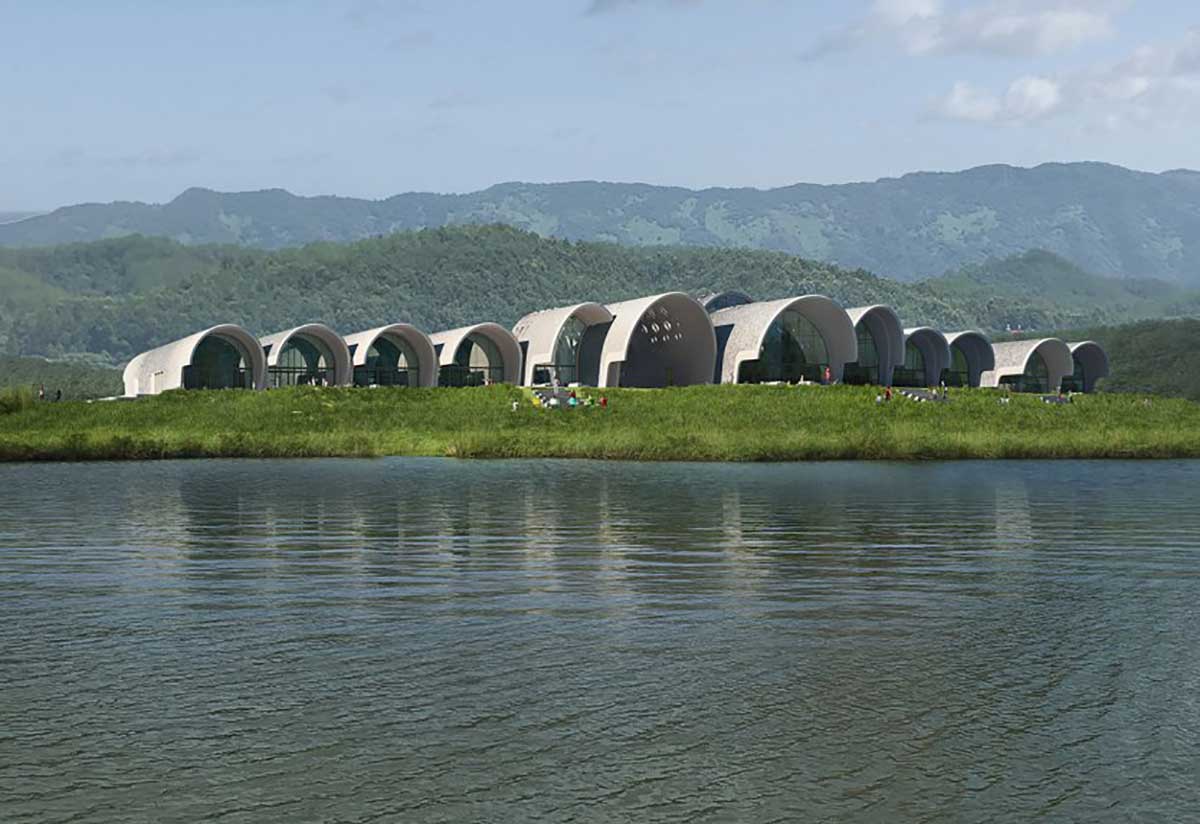
The modularity of the vaults enables moulds to be used multiple times, further accelerating the construction process and reducing costs.

According to a statement by ZHA, the region has a long history of producing high-quality ceramics, which dates back to the Ming Dynasty. Such traditions are reflected in the school’s ceramic external finishes laid in a gradient of tones that express the differing programmes within.







